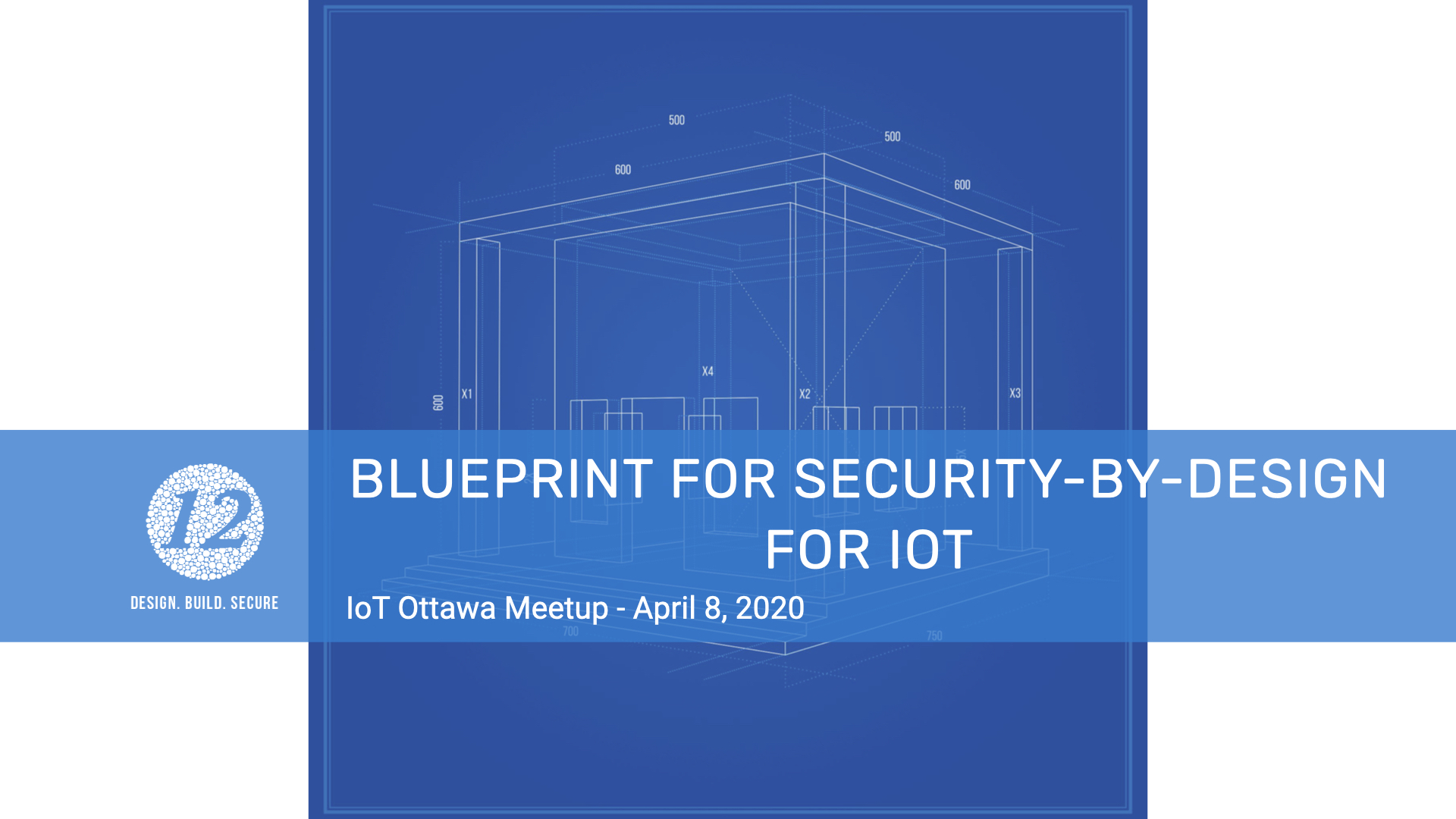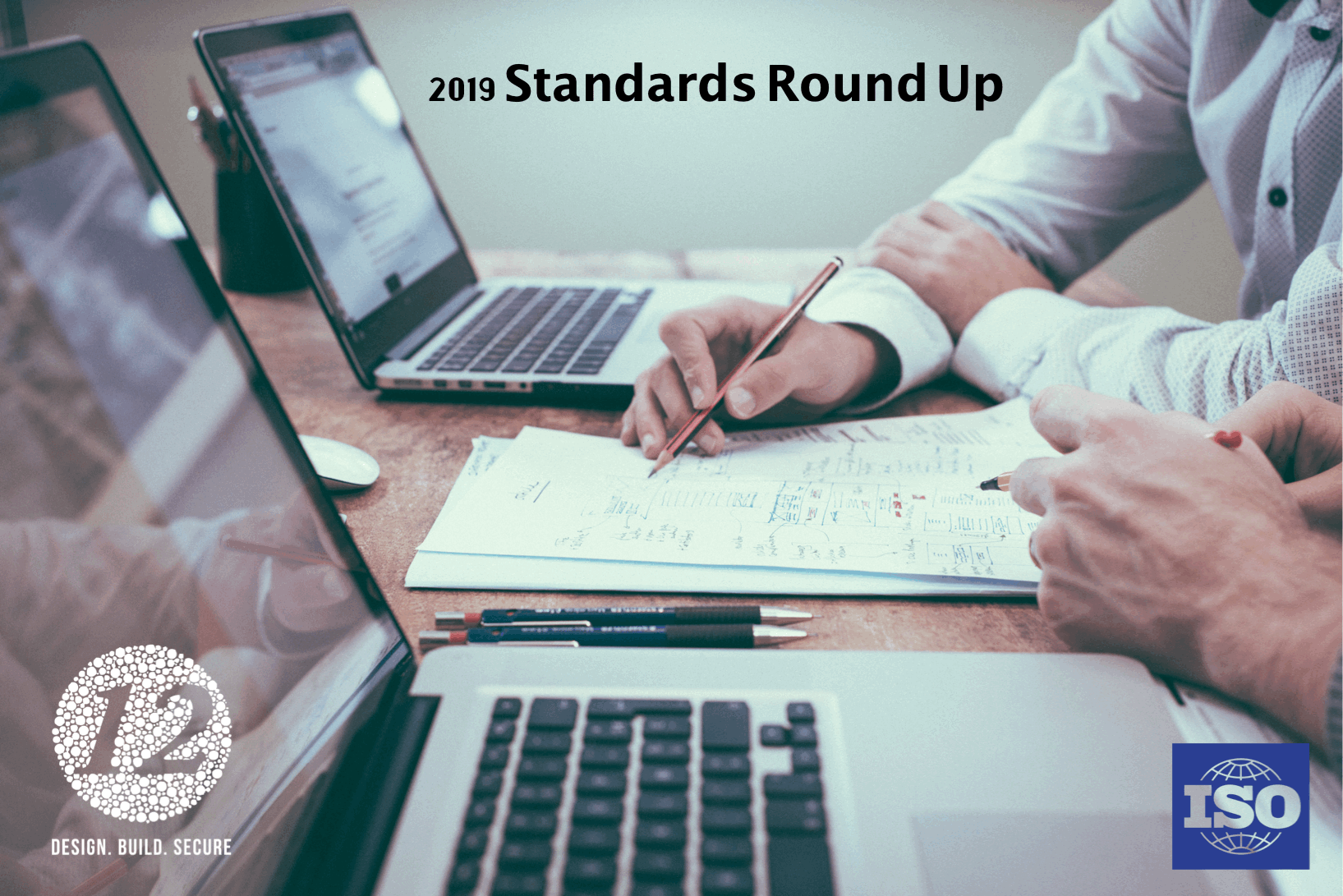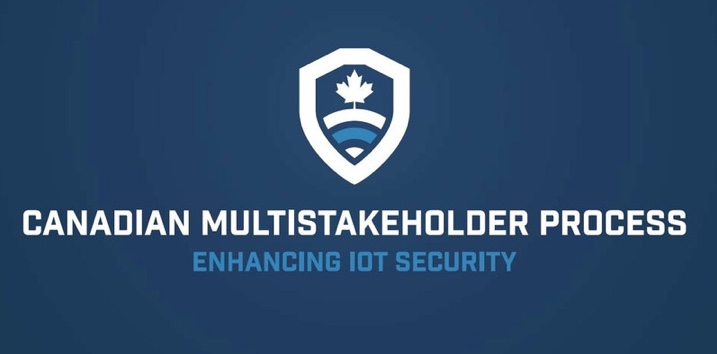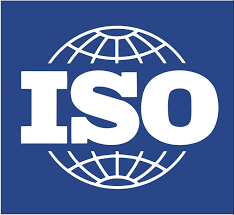Why SMBs need an ISMS
How can an ISMS help your SMB?
When you mention ISO executives start to see dollar signs and resource allocation not business benefit for the future. For SMBs, who might be struggling especially with challenges of operating under COVID how do you attempt to take on such a big endeavour?
First of all, if your an SMB you don’t have to start off with a full ISMS implementation day one. Start with the basics such as completing a company Threat and Risk Assessment (TRA) and Privacy Impact Assessment(PIA). The outputs from these will help map where your “assets at risk are” and where you need to put your resources and efforts early on. With this completed, you can then start to plan your strategy to a full ISO 27001 implementation over a period of several years as the company grows and develops.
By doing this early in a companies development you will be able to get better control over your business operations. If your a technology firm you can use the ISMS to differentiate against competitors as the first question many customers will ask is “what do you do for security and privacy?”. By starting the foundation of an ISMS it will show your commitment to security and risk management for the business.
Depending on the sector your in, many now require complex RFP’s that are security focused and you have to provide assurances that your company is able to operate at a secure state. Your ISMS implementation will aid greatly in meeting this requirement. It will help to complete your RFPs faster and better rate of success against your competitors who choose not to go this route.
Impact of a data breach
With the cost breaches going up and updated regulatory requirements mandating reporting and fines the damage to your company reputation is ever increasing. By implementing an ISMS you can show that you have put in the necessary controls to minimize the impact of a data breach but also have the means to quickly triage, contain, and mitigate the risks. Organization without this approach struggle during a data breach and over 60% of breached companies go out of business within 2 years as they fail to regain customer trust.
By securing your data a company reduces the potential for exposure and for litigation.
Compliance
By the simply process of documenting what actions need to be taken, when and by whom, employees are better able to understand what they can and can’t do for situations. This includes the many regulation, laws, and contractual obligations for security and privacy. With the implementation of an ISMS you can quickly scale and grow a company and still meet or exceed market requirements for security.
Attracting Investment
Many small tech companies will be looking to grow the company with external investments. With may startup companies looking for capital having a means to differentiate yourself will be key. Not only are investors looking for market potential, the financials, and legal but also how secure is the product/solution and the organization. Having an ISMS will show managements dedication to a secure business and developing secure solutions for the market.
Targeting ISO 27001 accreditation
For the typical organization, implementing a ISO 27001 can take up to 24 months depending on the size and complexity of the business. For startups, putting the framework for an ISMS will greatly reduce the impact and cost of move towards certification. Especially, if this is required for contract awarding. With a base ISMS implemented an organization can complete this certification aspect in about 6 months and with the reward of meeting your contractually obligations will make it worth the effort and revenue growth.









